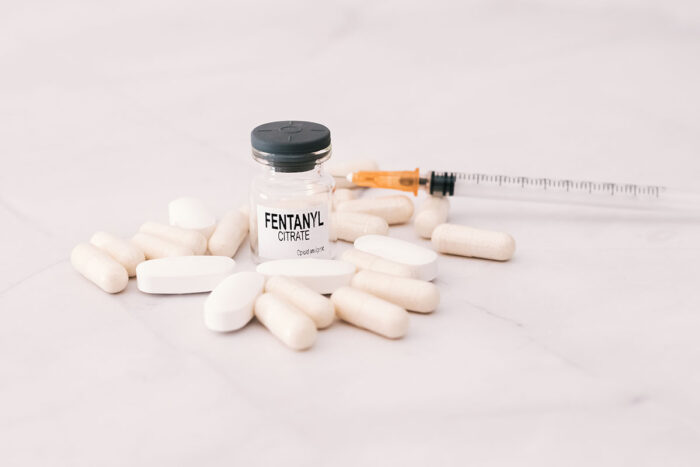
Key Facts First
- Overdose deaths: Over 80,670 Americans died from drug overdoses in the past year (up to November 2024).
- Fentanyl threat: Enough fentanyl was seized last year to kill 380 million people—more than the entire U.S. population.
- States ranked: All 50 states + Washington D.C. were graded on drug use rates, overdose deaths, treatment access, and law enforcement.
Top 3 States with Biggest Drug Problems
-
New Mexico
- Highest teen drug use in the U.S.
- Many teens try marijuana before age 13.
- High overdose rates; very limited access to addiction help.
-
West Virginia
- Worst overdose death rate nationwide.
- Many drug arrests on college campuses.
- Few treatment centers available.
- Nevada
- 30% of students report drugs being sold/offered at school.
- Teens try marijuana early; not enough rehab options.
Other struggling states: Alaska, Washington D.C., Oklahoma, Missouri, Colorado.
Teen Drug Use: Troubling Trends
- Highest teen use: New Mexico, Arizona, Rhode Island, Massachusetts, Alaska.
- Lowest teen use: Arkansas, Tennessee, Texas.
- Drugs in schools: California, Nevada, Georgia, New Jersey, and Hawaii have the most reports of kids being offered drugs at school.
Why This Matters
- Old approach: The “War on Drugs” focused on law enforcement since 1971, but addiction rates keep rising.
- New challenges: Synthetic drugs like fentanyl (a cheap, deadly opioid) are making the crisis deadlier.
- Barriers to help: Many states lack enough rehab centers or affordable treatment options.
What Experts Recommend
- Better access to rehab: Make treatment centers easier to find and afford.
- Education: Teach kids early about the dangers of drug use.
- Mix solutions: Combine law enforcement with healthcare support instead of focusing only on punishment.
The Bottom Line: Drug addiction isn’t a problem that can be solved by arrests alone. States need to invest in prevention, healthcare, and support systems to save lives—and the clock is ticking.
(Source: Analysis of WalletHub data; overdose stats from CDC.)